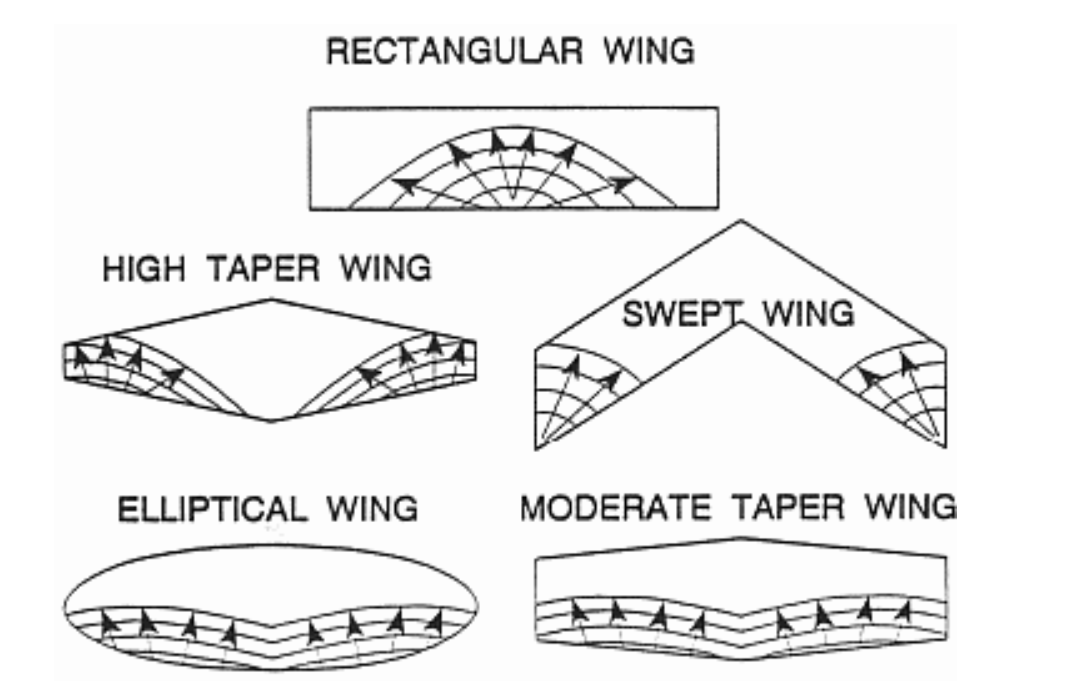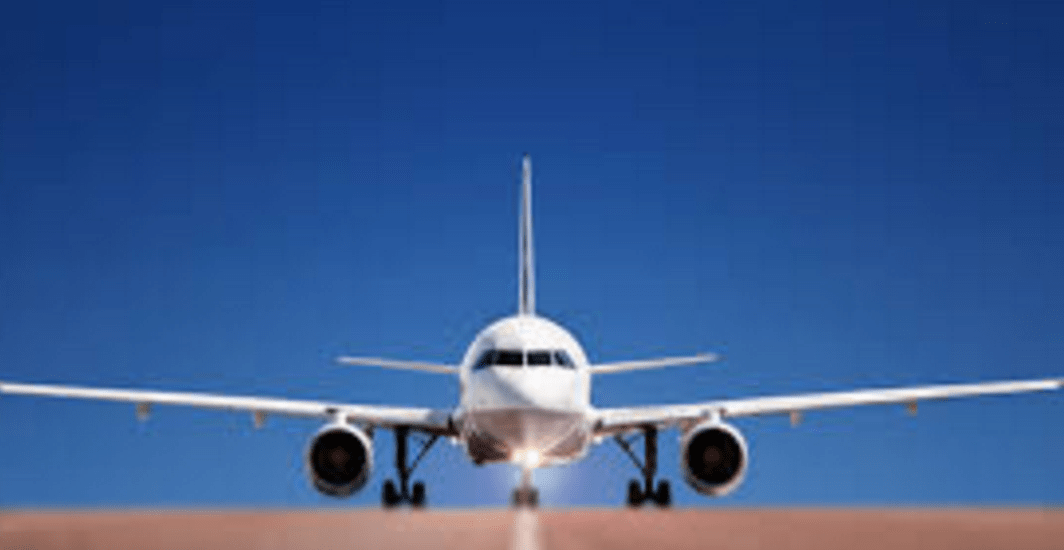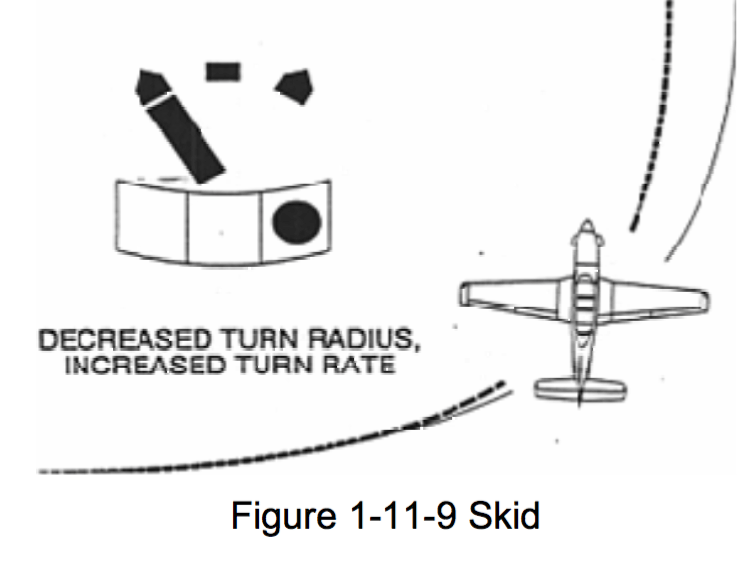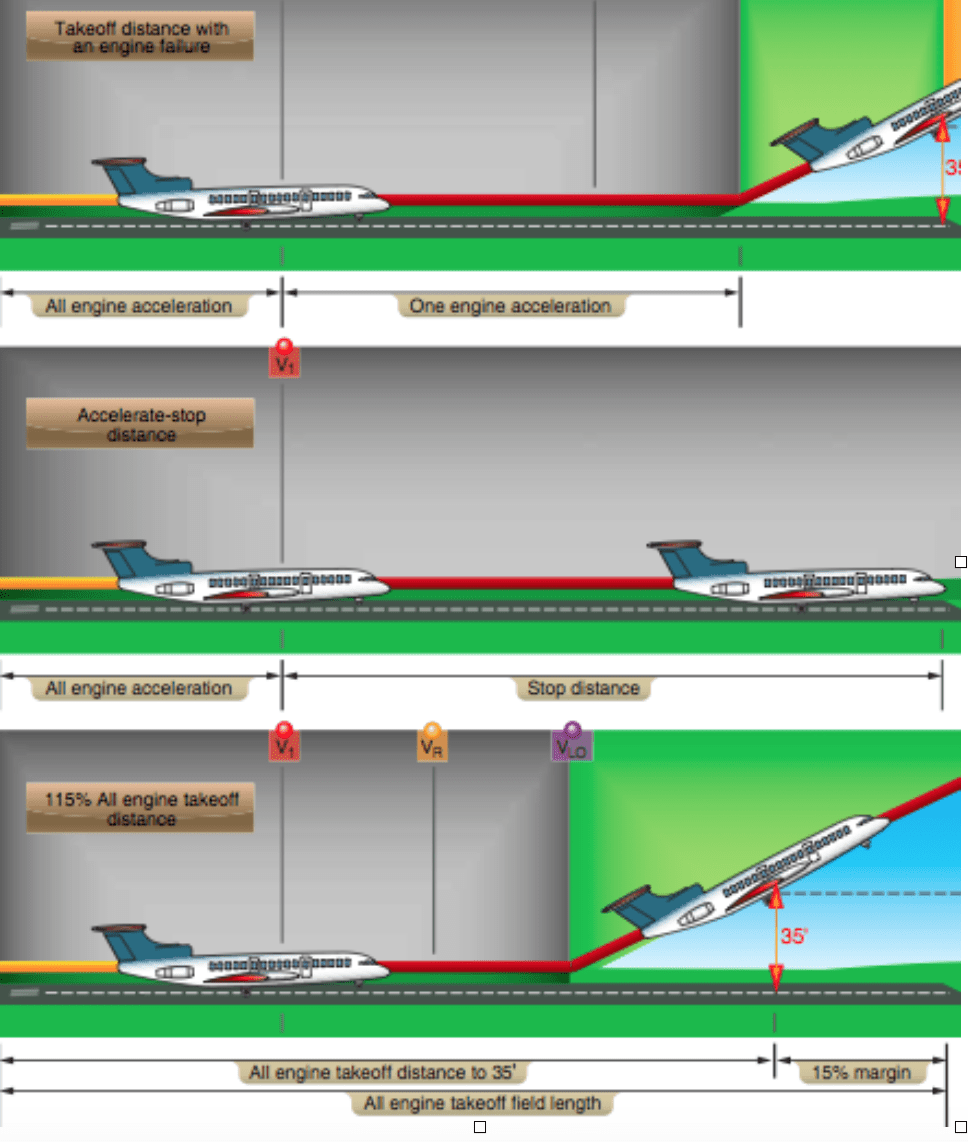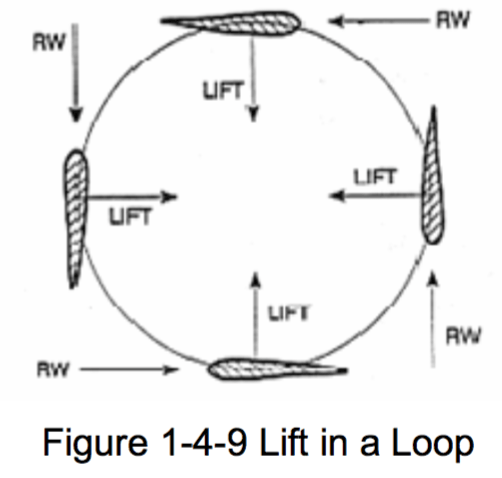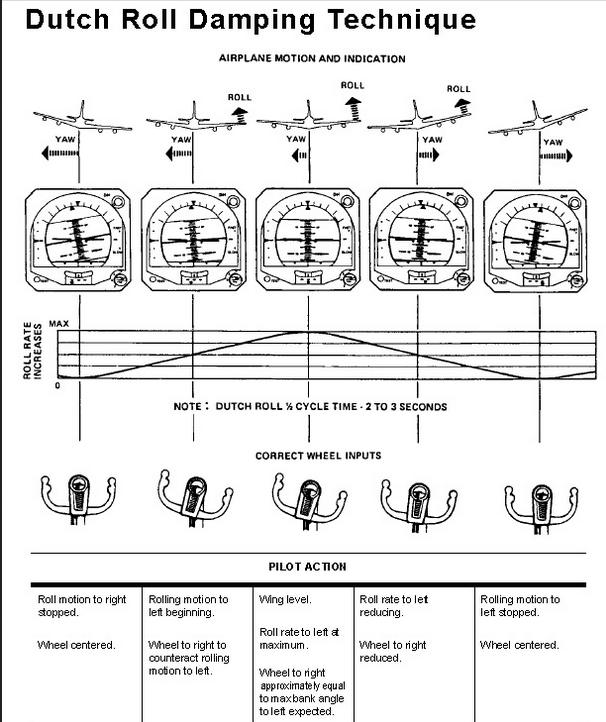Wing Dihedral
admin@readysettakeoff.com
Related Articles
-
Stall Pattern and Wing Design
Jet Brain, , Aerodynamics, 0
You are unauthorized to view this page. Please login your credentials Username Password Remember Me Forgot Password
-
V1/VR/V2 Calculations and Factors
Jet Brain, , Aerodynamics, 0
You are unauthorized to view this page. Please login your credentials
-
Topic of the day: Aerodynamics/Equilibrium
Jet Brain, , Aerodynamics, 0
You are unauthorized to view this page. Please login your credentials
-
Coordinated Turns
Jet Brain, , Aerodynamics, 0
You are unauthorized to view this page. Please login your credentials
-
Takeoff Performance
Jet Brain, , Aerodynamics, 0
You are unauthorized to view this page. Please login your credentials
-
Regions of Command
Jet Brain, , Aerodynamics, 0
You are unauthorized to view this page. Please login your credentials
-
Factors Affecting Lift
Jet Brain, , Aerodynamics, 0
You are unauthorized to view this page. Please login your credentials
-
Controllability Factors
Jet Brain, , Aerodynamics, 0
You are unauthorized to view this page. Please login your credentials

